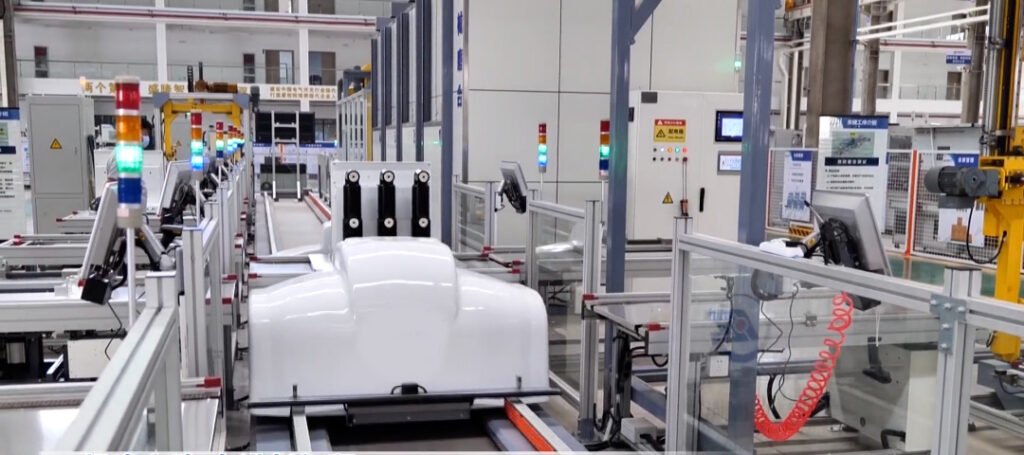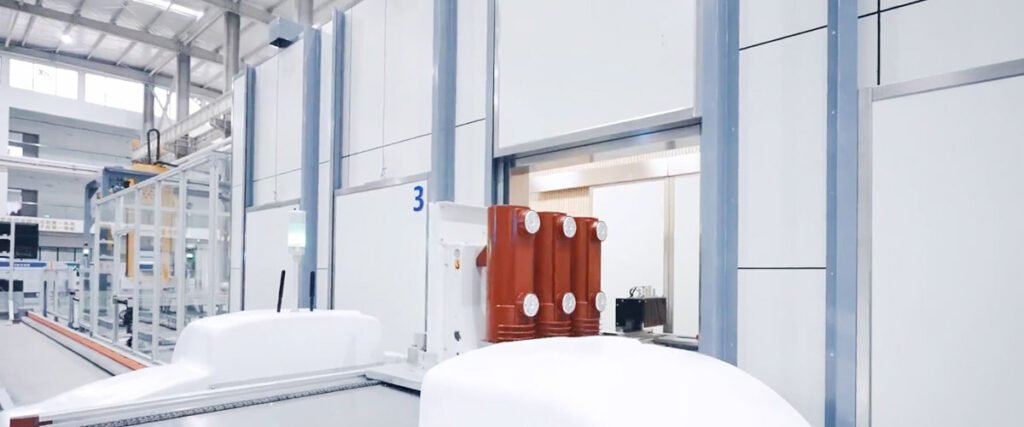Indoor vacuum circuit breaker assembly line and testing points


The assembly line and testing of indoor vacuum circuit breakers are essential to ensure their performance and reliability. Here are some key points for assembly and testing:
- Clean and Controlled Assembly Environment:
- Ensure the assembly area is dust-free and controlled to prevent contaminants from affecting the performance of the vacuum circuit breaker.
- Maintain appropriate temperature and humidity levels to meet the assembly requirements of the vacuum circuit breaker.
- Component Quality Inspection:
- Conduct quality checks on all components to ensure they are free from damage and meet specification requirements.
- Pay special attention to the vacuum degree of the vacuum arc chamber to ensure it complies with the specified standards.
- Precise Assembly Process:
- Follow assembly instructions precisely to ensure each step is carried out accurately.
- Monitor key points during the assembly process, such as alignment of contact points and securing of insulating components.
- Mechanical Characteristics Testing:
- Perform mechanical characteristics tests on assembled vacuum circuit breakers, including opening and closing times, bounce time, etc.
- Confirm that test results meet product technical specifications and customer requirements.
- Electrical Performance Testing:
- Conduct insulation resistance tests, loop resistance tests, and grounding resistance tests to ensure the safety and reliability of electrical connections.
- Perform AC withstand voltage tests to verify the insulating strength of the vacuum circuit breaker at rated voltage.
- Vacuum Degree Testing:
- Test the vacuum degree of the vacuum arc chamber using magnetic control discharge methods or other effective techniques.
- Ensure the vacuum degree meets national and industry standards to guarantee the insulation and arc-quenching performance of the circuit breaker.
- Operational Function Testing:
- Test all operational functions of the vacuum circuit breaker, including manual and automatic operations, to ensure they work properly.
- Check the responsiveness and accuracy of the protective devices and control systems.
- Safety Performance Evaluation:
- Evaluate the safety performance of the vacuum circuit breaker to ensure operational safety and the effectiveness of protective measures.
- Confirm that the product complies with relevant safety standards and regulatory requirements.
- Quality Control and Documentation:
- Implement strict quality control measures during the assembly and testing process.
- Record all production and testing data for traceability and quality analysis.
- Final Inspection Before Shipment:
- Conduct a comprehensive final inspection before the product leaves the factory, including visual inspection, identification verification, and functional validation.
- Ensure all documentation and certificates are complete for customer acceptance.
By following these assembly and testing points, the production line for indoor vacuum circuit breakers can operate efficiently, and the quality and performance of the products can meet the highest standards.
